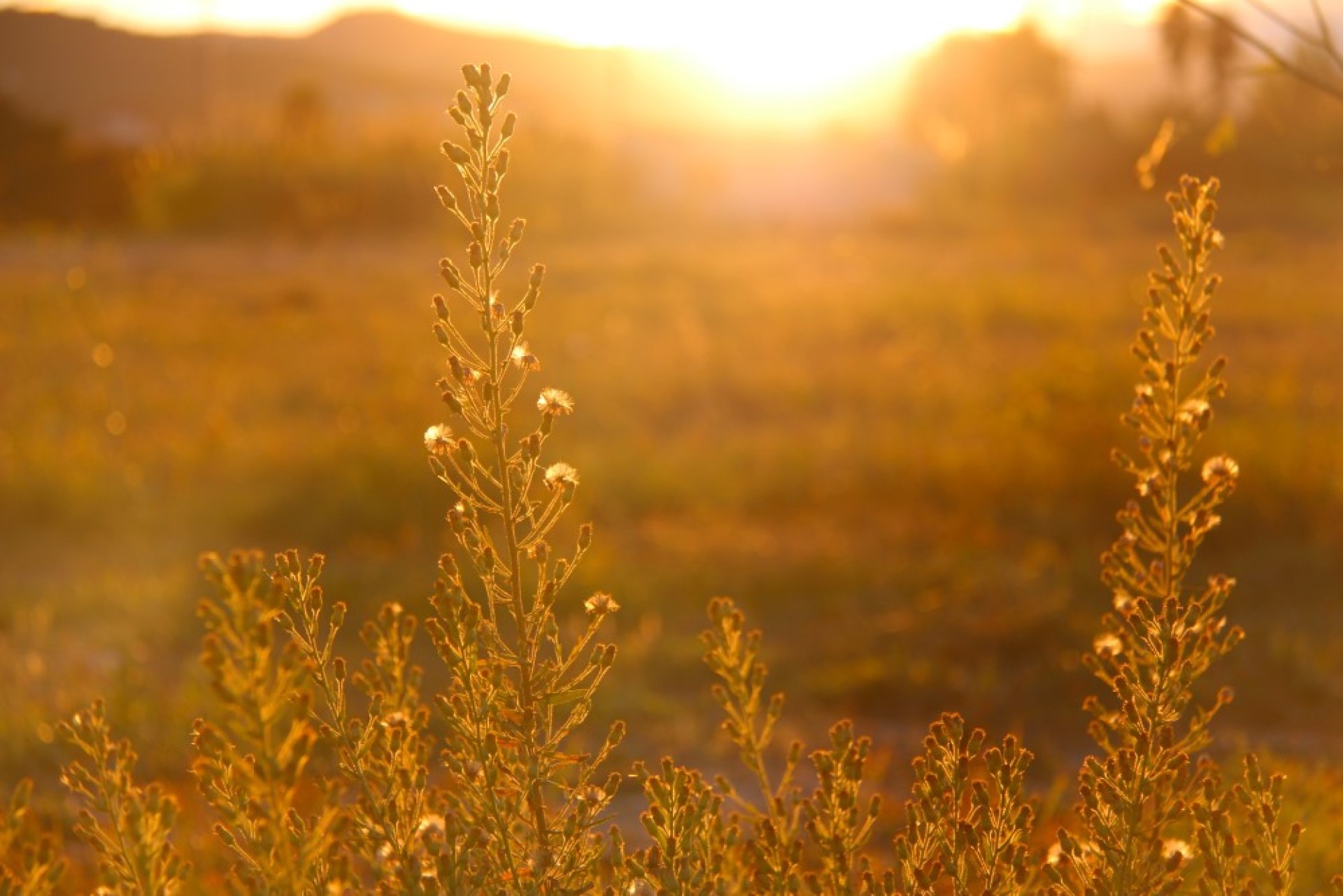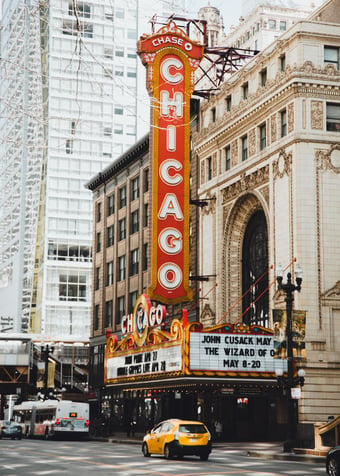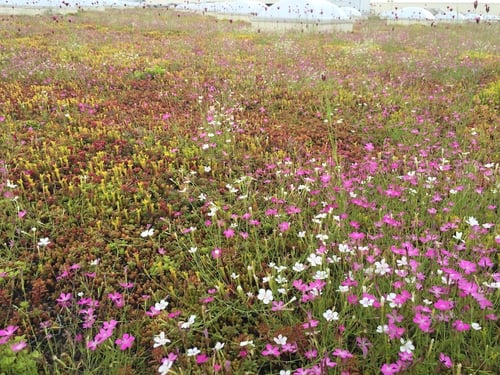
Chicago is a leading presence in the green infrastructure effort, especially here in the Midwest. Here’s a closer look at what the Windy City is doing to improve environmental issues like stormwater, urban heat island effect, pollution and more.
We all love a good role model.
Whether your idea of a powerful exemplar is Wonder Woman, Barack Obama or Chris Evans (too much on the superhero thing?), it’s nice to look up to someone.
We like to think Chicago is worthy of worship as well. You know, being all green and schtuff.
Seriously, though, when it comes to green infrastructure Chicago is taking a serious stand. Whether it’s working to bridge the gap between resilience and sustainability, or redefine how we use green infrastructure in the urban space, Chicago has decades of experience role modeling for the rest of us, and we’re so proud to be a part of that effort.
Making change, of course, starts with knowing as much as possible. If you’re interested in green infrastructure Chicago style, we’ve got your back.
What Can Green Infrastructure Accomplish?
 First, what is green infrastructure (GI)?
First, what is green infrastructure (GI)?
According to the EPA, “Green infrastructure is a cost-effective, resilient approach to managing wet weather impacts that provides many community benefits.”
The environmental agency takes care to differentiate between green and gray infrastructure: “While single-purpose gray stormwater infrastructure—conventional piped drainage and water treatment systems—is designed to move urban stormwater away from the built environment, green infrastructure reduces and treats stormwater at its source while delivering environmental, social, and economic benefits.”
The goal of GI is to prevent stormwater from sheeting off impermeable city surfaces, carrying pollution and disease with it into our wild areas and drinking water.
Studies are underway across the nation to produce concrete data about the benefits of green infrastructure, including its abilities to retain, detain and purify water; fight the urban heat island effect; increase the percentage of native plants in our tended landscapes; provide habitat; and more.
Still, many people don’t know the true extent of GI’s power. With green spaces, vegetated rooftops and green stormwater management practices, we have unprecedented abilities to:
- Retain and detain water
- Purify stormwater through natural materials, such as plants and soils
- Provide urban habitat for formerly displaced native plants and animals
- Reduce disease for humans and wildlife
- Reduce impact on our waterways, such as erosion and pollution
Chicago’s Green Infrastructure Efforts Today
 With nearly 5 million square feet of planted green roof, the Windy City is among the frontrunners for GI implementation. Truly, for green infrastructure ideas Chicago is far from the worst place to look.
With nearly 5 million square feet of planted green roof, the Windy City is among the frontrunners for GI implementation. Truly, for green infrastructure ideas Chicago is far from the worst place to look.
For decades, the mega-city has looked for solutions to problems plaguing the city, the Great Lakes, surrounding wild areas and people. It has made some big strides in past, and though some people question its future plans, Chicago Metropolitan Agency for Planning outlines a significant number of on-site and regional approaches.
Specifically, explains the city, these goals include:
- Minimizing basement flooding in Chicago’s most impacted neighborhoods
- Reducing pollution to Chicago’s rivers and Lake Michigan
- Enhancing environmental quality through water infrastructure investments
- Increasing the city’s resilience to extreme rain events and climate change
We look forward to seeing where these plans go over the coming decades. One thing we know, however, is that we can’t let the city go it alone. We have to help.
What Can You Do to Help Green Infrastructure Efforts?
Here at Ecogardens, our overriding ambition is to provide individuals, companies and municipal organizations with options for increasing GI in their areas. These solutions include:
- Green roofs
- Rooftop gardens
- Bioswales
- Rain gardens
- Rain barrels
- Xeriscaping (low-water landscaping)
Such green systems bring massive benefits, from stormwater management to habitat creation to pollinator support and more.
If you’d like to learn more about these options, we invite you to get in touch today. We would love to help you craft the perfect solution for your yard, rooftop public space. All you have to do is call.

